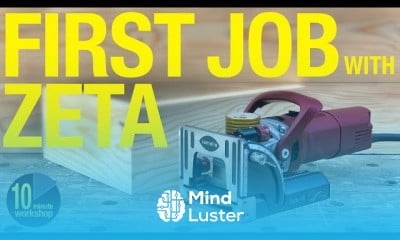Thermocouple Working Principles for beginners
Engineering
Another Engineering Courses
Thermocouple Working Principles course, in this course we will explore the fundamental concepts and operational mechanics of thermocouples, essential devices for temperature measurement in various industrial and scientific applications. Starting with an introduction to the basic components of a thermocouple, we will delve into the Seebeck Effect, which is the underlying principle that enables thermocouples to generate a voltage proportional to temperature differences between two junctions. You will learn about the construction of thermocouples, involving two dissimilar metals joined at the sensing (hot) junction and the reference (cold) junction. The course will cover different types of thermocouples, such as Type K, J, T, and E, and their specific applications based on temperature ranges and environmental conditions. We will also discuss the importance of calibration and accuracy, as well as techniques for minimizing errors and ensuring reliable measurements. Additionally, the course will address practical aspects of installing, maintaining, and troubleshooting thermocouples, along with methods for signal conditioning and interfacing with data acquisition systems. By the end of this course, you will have a comprehensive understanding of how thermocouples work and how to effectively utilize them for precise temperature measurement. Join us to master the principles of thermocouple operation and enhance your skills in thermal sensing technology.









